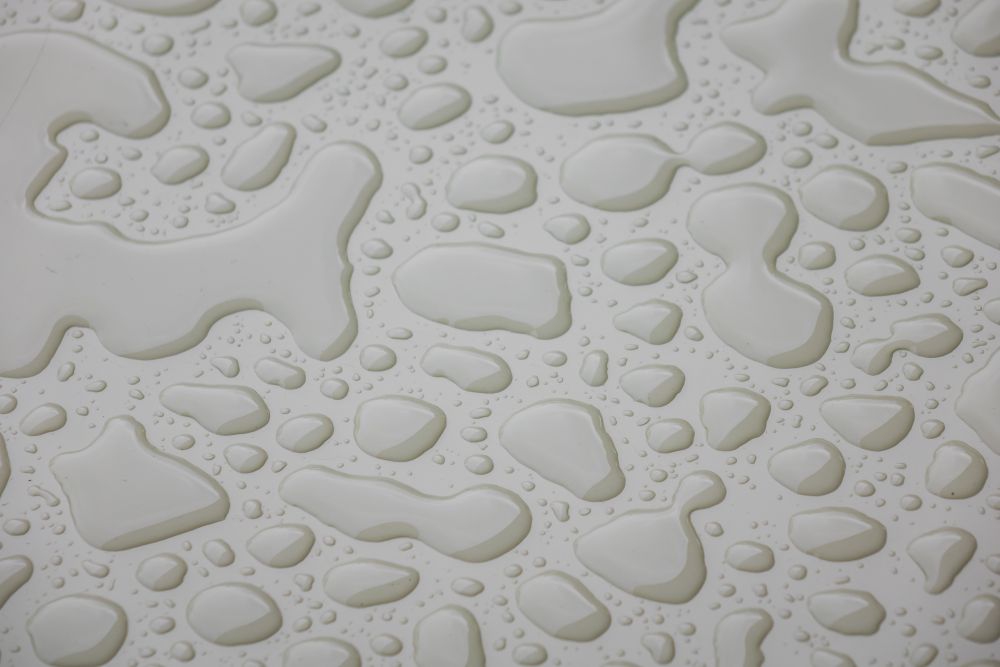How To Buff Out Scratches on a Car the Right Way
Buffing out scratches on a car can help restore its appearance and preserve the paint’s longevity. Before you start, assess the scratch depth and gather the right materials, such as a microfiber cloth, car wash soap, scratch-removal compound, dual-action polisher, polishing pads, and car wax. Cleaning the affected area is essential to prevent dirt from interfering with the buffing process.
For the best results, consider relying on professional car detailing services to ensure the job is done efficiently and with precision. Once prepped, apply the compound evenly and polish the scratches in controlled, overlapping motions. Regularly inspect your progress to ensure even results. When done correctly, these steps can help you achieve a clean, professional-looking finish that enhances your car’s appearance and value.
Assessing the Scratch Damage
Start by examining the damaged area under bright lighting to determine how deep the scratches go. Shallow scratches typically affect only the clear coat, while deeper marks may reach the paint or primer layer.
Use your fingernail to lightly run across the surface. If it catches, the scratch likely requires polishing or minor paint repair. Also, look for paint transfer or clustered marks, which may indicate contact with another object. Taking the time to properly assess the damage helps determine whether buffing alone will fix the issue or if additional paint correction steps are needed.
Gathering the Materials You’ll Need
To effectively remove scratches, make sure all materials are ready before you begin. You’ll need:
- Microfiber cloths – for cleaning and drying the surface
- Car wash soap and water – for removing dirt and debris
- Scratch-removal compound – designed for automotive finishes
- Dual-action polisher – to ensure even, controlled buffing
- Polishing pads – compatible with your polisher
- Car wax or sealant – for final protection and shine
Having these materials on hand allows for a smoother workflow and more consistent results.
Preparing the Surface for Buffing
A clean surface ensures that no debris interferes with the buffing compound. Wash the car using automotive shampoo and rinse thoroughly. Dry the surface completely with a microfiber towel to avoid water spots. If contaminants such as tree sap or tar remain, use a clay bar or tar remover to clear them away.
Protect areas like rubber trims, headlights, and decals with masking tape to prevent accidental scuffing. Proper surface preparation is key to achieving a high-quality finish during buffing.
Applying the Buffing Compound
Apply a small, controlled amount of scratch-removal compound to a clean polishing pad, about the size of a dime is usually enough. Spread it evenly over the pad to ensure uniform application.
The compound should be formulated for automotive paint; using general abrasives may cause damage. This even distribution ensures consistent polishing and minimizes the risk of swirl marks.
Buffing Out the Scratches
Turn on the dual-action polisher at a low-to-medium speed and begin buffing the scratched area using gentle, overlapping strokes. Avoid pressing too hard, as excessive pressure can cause heat buildup and affect the paint. Keep the buffer moving steadily, reapplying a small amount of compound if necessary.
After each pass, wipe away residue with a microfiber towel and inspect your progress under bright light. Continue until the scratches fade or disappear. Patience and even motion are essential for restoring a smooth, glossy surface.
Finishing Touches and Final Inspection
Once the scratches have been buffed out, follow these finishing steps for a long-lasting shine:
- Inspect under proper lighting: Verify that all scratches are gone and no residue remains.
- Clean with microfiber cloths: Remove leftover compound for a clear finish.
- Apply wax or paint sealant: This step protects the newly restored paint and maintains the gloss for months to come.
For added credibility and trustworthiness, vehicle detailing professionals often recommend periodic waxing and customer maintenance checks to sustain the paint’s integrity. Feedback from car owners consistently shows that regular upkeep helps reduce the need for costly repainting later.
With careful inspection, the right materials, and methodical polishing, anyone can safely buff out scratches and restore a car’s finish. This process not only improves appearance but also extends the paint’s protection against weather and wear.
Get in Touch with Us
We’re here to make your car shine! Whether you’re ready to book a detail or have questions about our services, reaching out is easy.
📞 Call or Text: (706) 840-7119. Our team is available
🕖 Working hours: 24 Hours.
📍 Visit Us: 4307 Sanderling Dr, Augusta, GA,30906
📧 Request a Free Estimate
Fill out our free estimate form, and we’ll get back to you within 48 hours.
Related Topics:
- How to Clean Headlights and Make Them Look Brand New
- How to Clean Inside of Windshield Using Household Products


.png)


